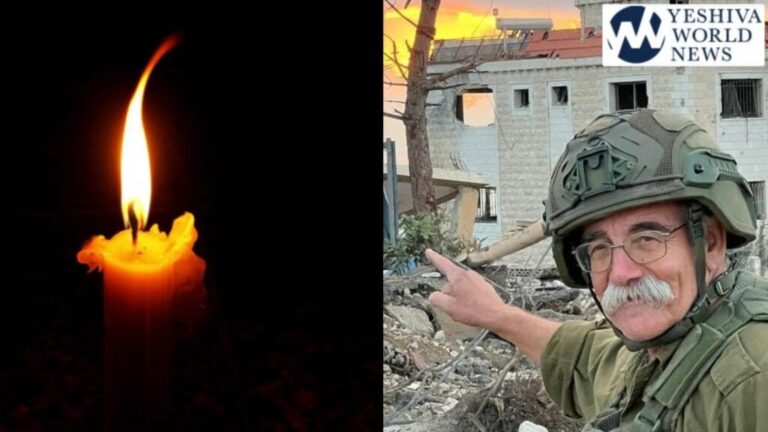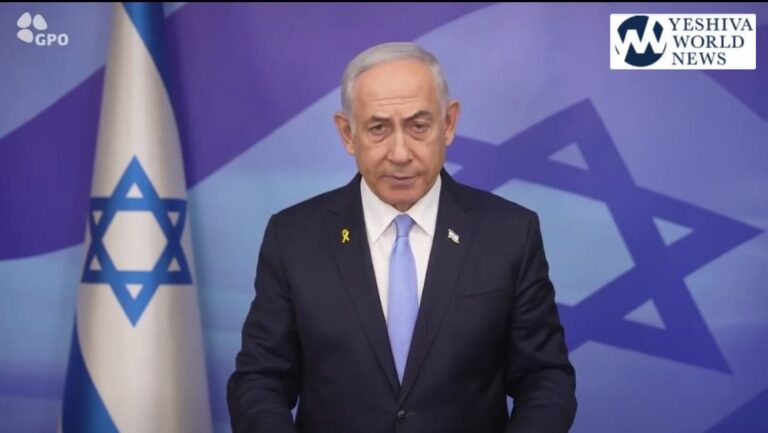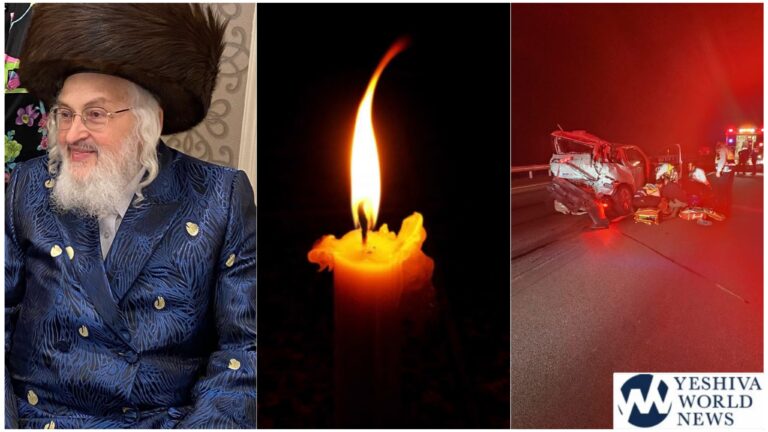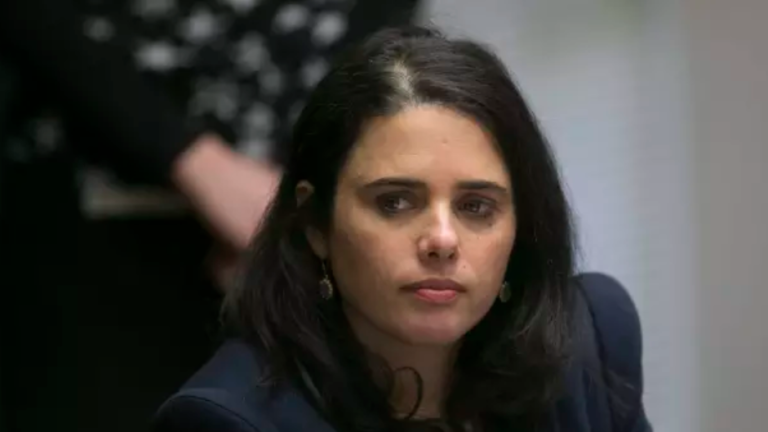Parsha Potpourri: Parshas Chayei Sorah
Vayakam Avrohom me’al p’nei meiso vay’dabeir el b’nei Cheis leimor ger v’toshav anochi imachem t’nu li achuzas kever imachem v’ekb’ra meisi mil’fanai (23:3-4) The Gemora in Bava Basra (15b) relates that the Satan challenged the piety of Iyov and suggested that his commitment to Hashem wasn’t as pure and reliable as that of Avrohom, who didn’t question Hashem’s ways even when confronted with the trial of purchasing a burial plot for his beloved wife Sorah. As the Satan was attempting to demonstrate the extent of Avrohom’s devotion, why didn’t he invoke Avrohom’s steadfastness at the Akeidah, when he demonstrated his willingness to offer his only son to Hashem? What exactly was the trial involved in purchasing Sorah’s burial place, and in what way was it considered a more difficult test than the Akeidah? Rav Mattisyahu Salomon explains by way of a parable. Imagine if one day the government would enact legislation making it illegal to study Torah more than eight hours daily. All of the leading Torah sages would give rousing speeches and publicize letters calling upon yeshiva students to brazenly and defiantly ignore this diabolical decree, and they in turn would eagerly heed the call. If so, why is it that on a regular basis, there are so many yeshiva students who constantly get distracted and fail to study eight hours daily? The answer is that when a person feels that he is being confronted by a challenge, his adrenaline takes over and he rises to the occasion, but when he doesn’t feel that he is being tested and there is no enemy to fight against, many times his performance leaves much to be desired. Similarly, it was easy for Avrohom to recognize that he was being tested through the Akeidah. Hashem called to him and explicitly spelled out the trial, making it clear what was being demanded of him. While the difficulty of the test was unfathomable, it was nevertheless obvious that he was being tested, thereby allowing his adrenaline to flow and helping him to rise to the occasion. On the other hand, purchasing the burial plot from the conniving, money-hungry Ephron – the equivalent of a modern-day used-car salesman – after he had just returned from the emotional rollercoaster of the Akeidah to find his beloved wife dead wasn’t presented to Avrohom as any sort of unique trial. Nevertheless, Avrohom handled it properly, conducting the transaction fairly and calmly in spite of his emotional state, without knowing that he was being tested. There was no knowledge that his actions would be recorded for posterity for all future generations to read about, yet he passed with flying colors through his natural and ingrained fear of Hashem. In informing Miriam of her error in comparing Moshe to other prophets, Hashem explained (Bamidbar 12:7) that Moshe was different: B’chol beisi ne’eman hu – in My entire house, he is the trusted one. The Rashbam explains that “ne’eman” – trusted – means fixed and established always, in all situations of life. A similar expression is used in regards to Avrohom (Nechemia 9:8): U’matzasa es levavo ne’eman l’fanecha – and You found his heart trustworthy before You. Avrohom’s greatness wasn’t proven by his unprecedented accomplishment in passing the trial of the Akeidah. Every person has peaks in his life when he





